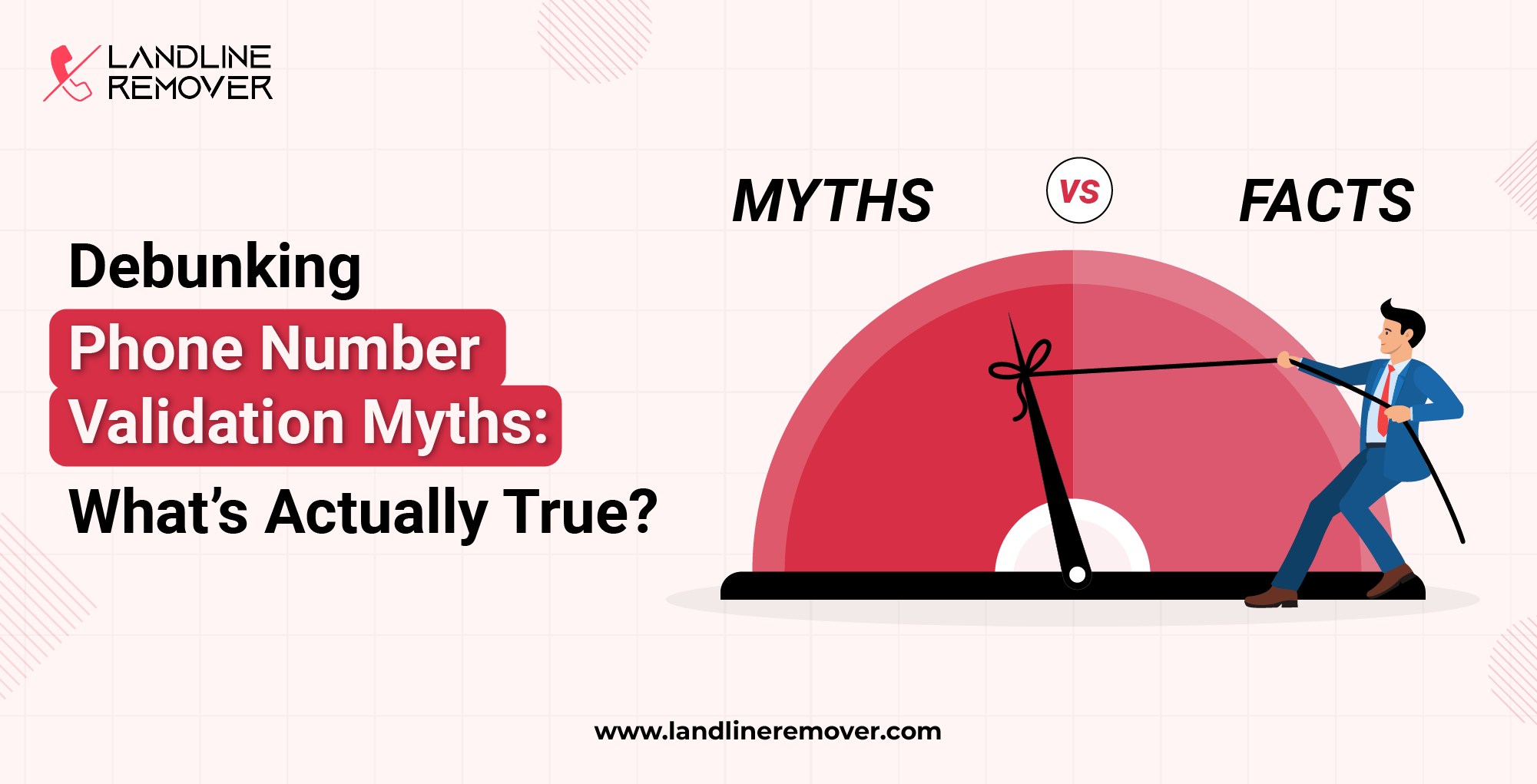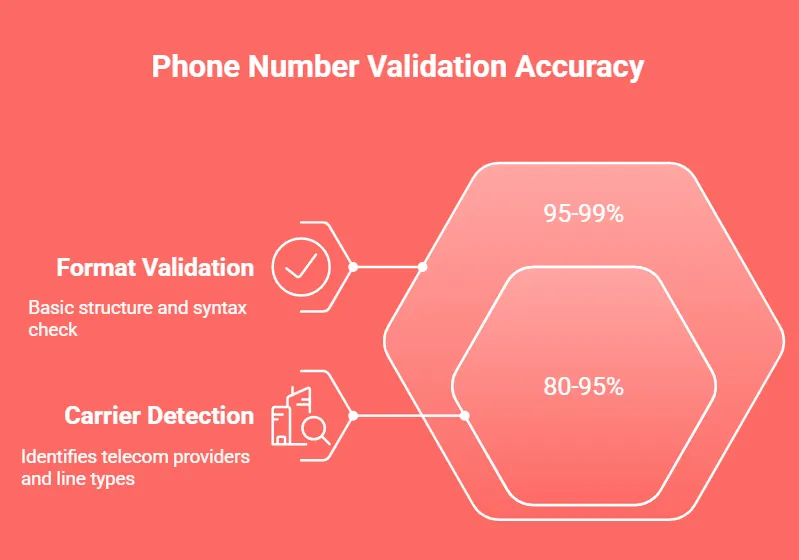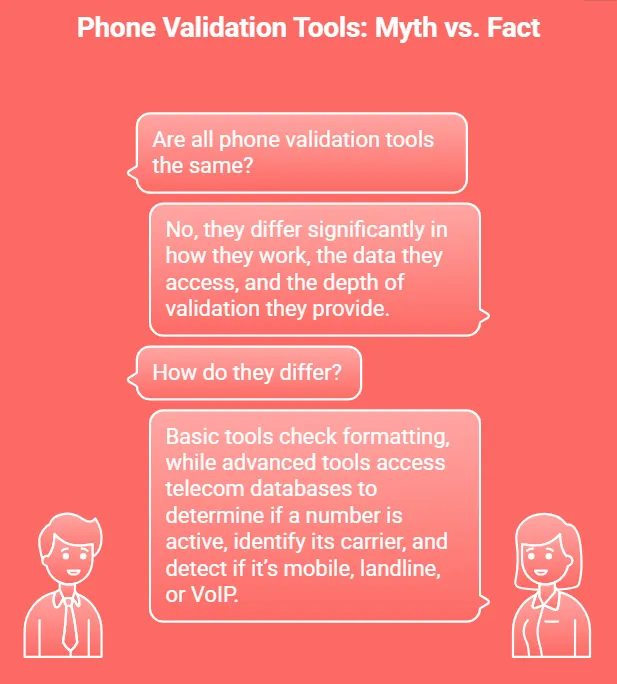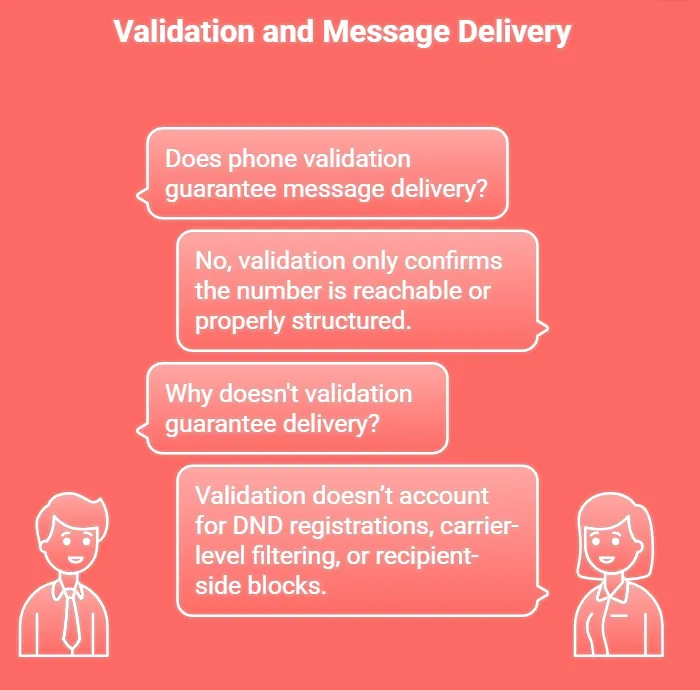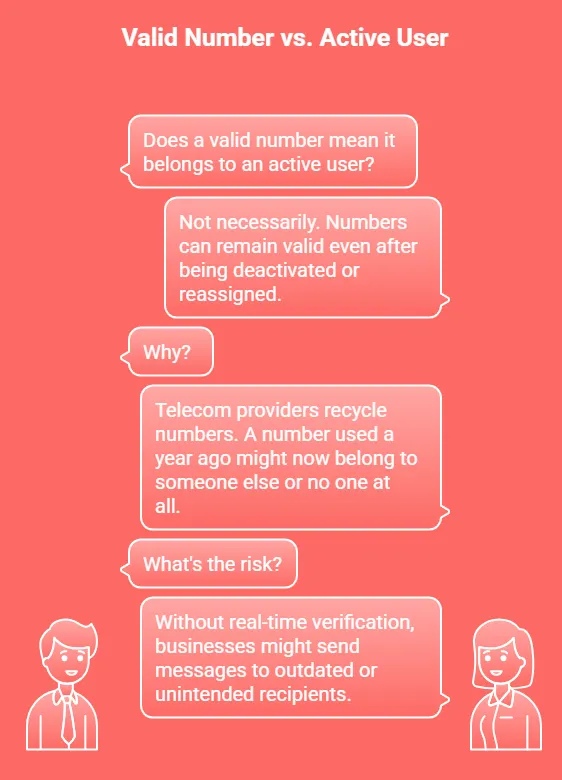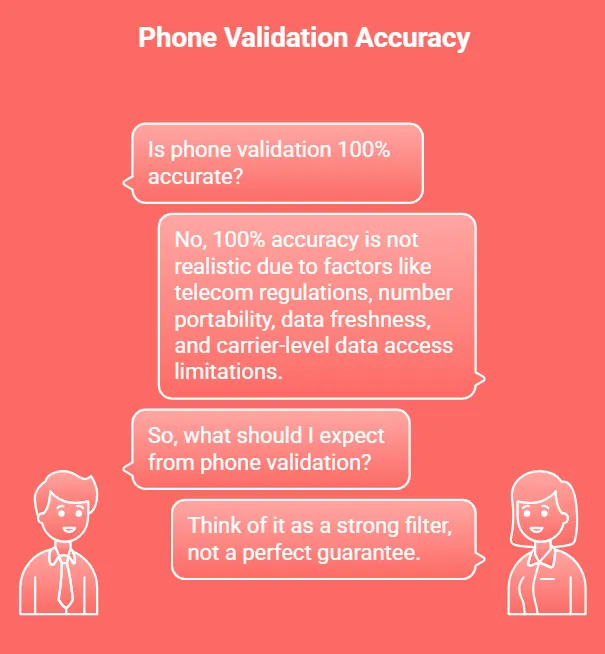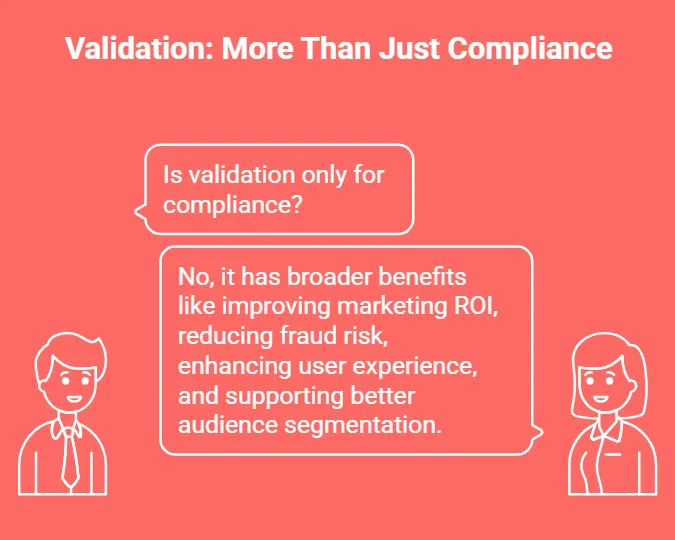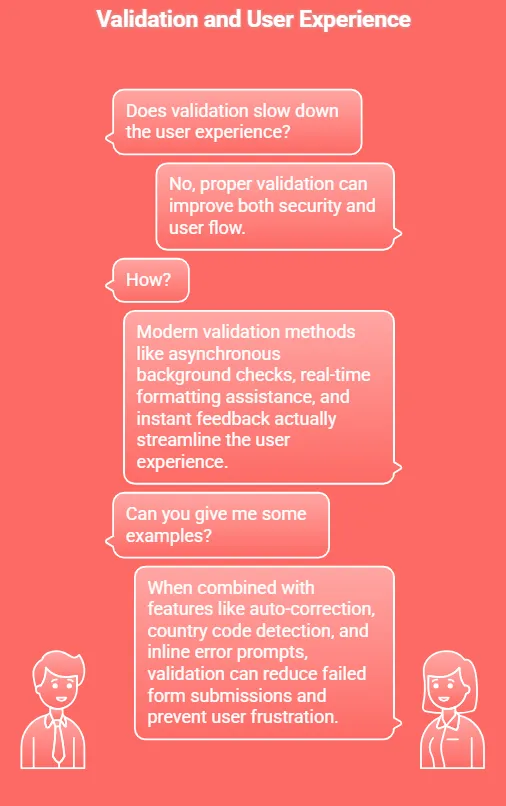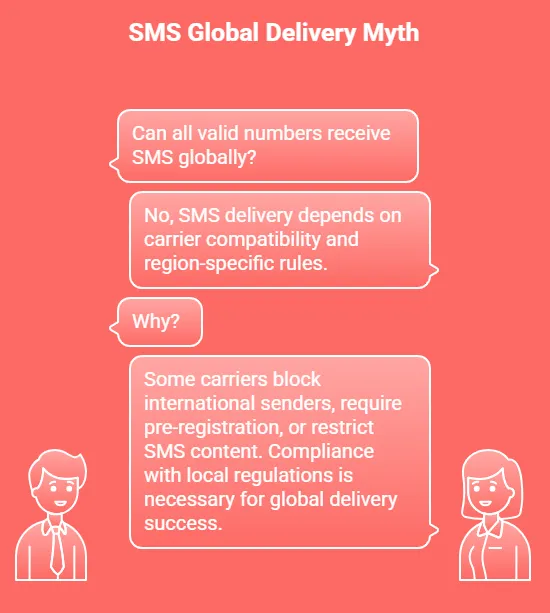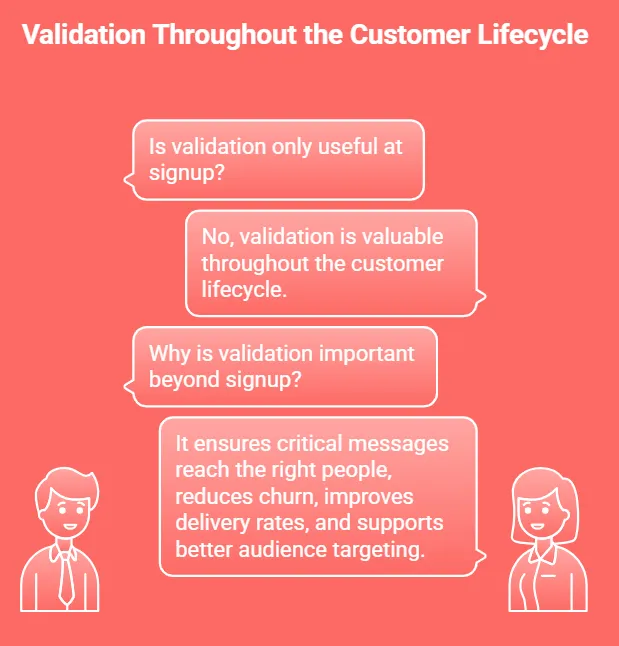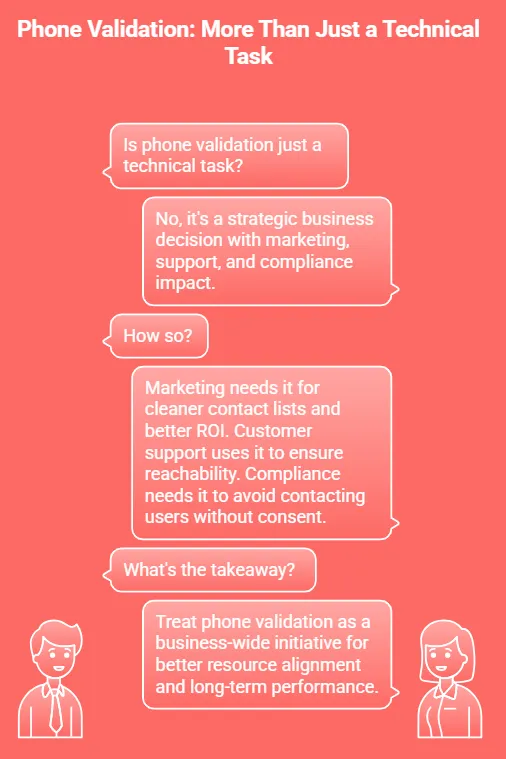Collecting phone numbers might be simple, but verifying their authenticity and usability is a different challenge altogether. For businesses relying on SMS marketing, cold outreach, or customer communication, phone number validation is critical as it helps avoid wasted efforts on undeliverable messages or inactive users.
But how reliable is phone number validation really?
This article explores the true capabilities and limitations of phone numebr validation tools by uncovering common myths and highlighting key facts that every business and developer should know before hitting send.
What is Phone Number Validation?
Phone number validation requires more than basic visual verification of number format. The verification process verifies that a phone number maintains correct formatting while existing as a valid number which can receive messages. To fully understand it, it’s important to distinguish between three related concepts: formatting, validation, and verification. Formatting ensures the number follows the correct pattern, validation checks whether the number could exist within telecom standards, and verification goes one step further to confirm if the number is active and reachable in real time.
There are three common types of phone number validation:
- Format Validation checks if the number follows a valid structure using rules or regular expressions. For example, does it have the right number of digits and the correct country code?
- Carrier Validation identifies which mobile network operator the number belongs to and determines whether it’s a mobile, landline, or VoIP number.
- Real-time Validation attempts to check whether the number is currently active or reachable, often by pinging the network without sending a message.

